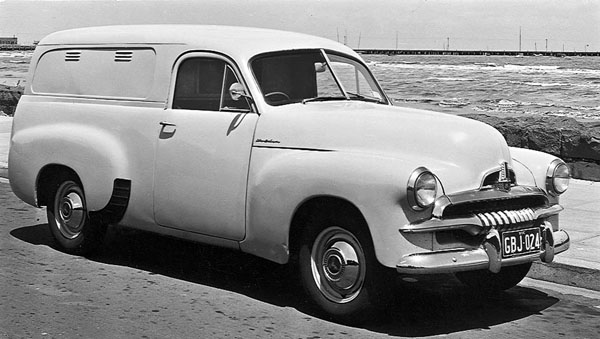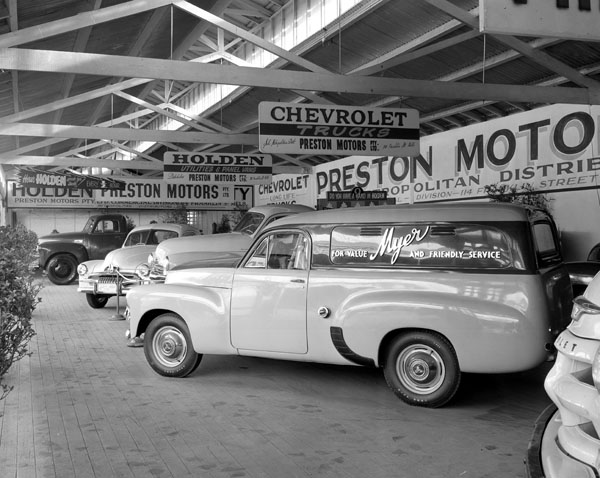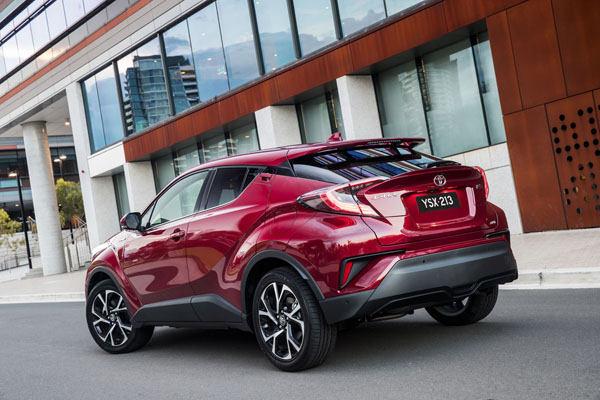To paraphrase old mate Crocodile Dundee, “That’s not an SUV … this is an SUV!”
Early in 2017 SUV sales in Australia overtook those of passenger cars. This doesn’t make sense to me because it’s blindingly obvious that many so-called SUVs are nothing but tall hatchbacks.
I decided to research the origin of SUVs in Australia and was stunned and delighted to find that the first ever Australian designed and built SUV was … wait for it … the FJ Holden.
Yep, the good old FJ panel van can be called an SUV by today’s definition.
The tag SUV (Sports Utility Vehicle) was coined to describe 4WDs that weren’t heavy-duty trucks, they were station wagons with limited off-road ability, usually because of poor ground clearance.
Some so-called SUVs may have all-wheel-drive, but more and more are only driven by two wheels.
The word crossover later entered the automotive vocabulary to further confuse things. Then came ‘soft-roader’, a totally ridiculous name – what self respecting male would buy something with ‘soft’ in its title?
In an interesting move Audi is promoting its new Q2, which is counted as an SUV in the sales race, as being ‘#untaggable’, running a clever ad campaign asking if it’s a #Coupe, a #Citycar, an #Allroad, perhaps even a #Chameleon…
Our favourite photo is of a dog with a puzzled look on its face staring at an Audi Q2 – when it would normally have peed on a wheel and moved on to the next car!
The latest SUV launched in Australia is the Toyota C-HR. A sleek five-door coupe that’s lower than an FJ Holden sedan, albeit only by three millimetres. Comparing other dimensions is an interesting exercise:
This Japanese ‘hatchback’ is just 10 mm shorter than the FJ but is 93 mm wider, chiefly due extra-thick doors for crash protection.
The Toyota is an incredible 428 kg heavier than the Holden. That’s almost half a tonne more, a lot of that mass going, again, into looking after occupants in a crash.
Both cars have only two-wheel-drive, though you can pay extra for the Toyota and get AWD.
Now comes the really interesting bit – ground clearance. The Toyota C-HR sits just 154 mm off the ground, the Holden SUV is way up, at 221 mm. Almost all today’s SUVs have less clearance, often much less.
Back in the early 1950s many Australian roads were unsealed. Even major highways had long stretches that were nothing more than wide dirt tracks. High ground clearance was a necessity if any car was being used away from the city.
Built tough for Australia FJ Holdens could go a long way off-road in the hand of capable drivers. Indeed, it would be interesting to see a comparison drive on harsh roads between the Toyota C-HR with AWD and a Holden FJ panel van with just the rear wheels doing the work.
Perhaps the biggest difference between the FJ and today’s SUVs is that the Holden wasn’t used en-masse to drive kids to and from school every day – back then kids rode bikes to school.
So, there you are, the first SUV designed and built in Australia was the FJ Holden. Frankie J Holden and Crocodile Dundee must be very proud.
ewan@marquenews.com.au











